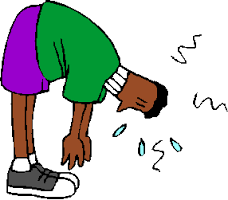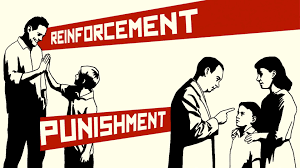Scientific Literacy TDT completed by myself, Katie-Rebecca and Kim.
AC1 – Maienschein, J. et al. (1998) states that there are two main definitions for science literacy. The first emphasizes a huge focus on gaining units of scientific or technical knowledge. Second emphasizes scientific ways of knowing and the process of thinking critically and creatively about the natural world. Knowing about science means that you can make informed decisions about the world around us from an economic, social and personal point of view. Science literacy links in with some of the principles with the Curriculum for Excellence which are depth, coherence and relevance (Education Scotland, 2016).  It is important for children to look at science in depth because if you don’t the children may not have the chance to understand at any other point. Coherence comes in because if the children link up their previous knowledge to their current learning then they may have a better overall understanding. Lastly, relevance is important because if you cannot justify why the children are learning what they are, then why are they learning it? If their work isn’t relevant to the Curriculum and the children’s interests then they won’t be interested in science.
It is important for children to look at science in depth because if you don’t the children may not have the chance to understand at any other point. Coherence comes in because if the children link up their previous knowledge to their current learning then they may have a better overall understanding. Lastly, relevance is important because if you cannot justify why the children are learning what they are, then why are they learning it? If their work isn’t relevant to the Curriculum and the children’s interests then they won’t be interested in science.
AC2 – A shortage of scientific literacy could result in the development of false scientific conclusions. In 1998 one false accusation reported by the media was the investigation into the MMR vaccine. Andrew Wakefield, who no longer practices medicine, came to the conclusion that a child who is given this three in one vaccine for measles had an increase chance of developing autism. Of course, when these findings were released by the media many parents were hesitant and refused to get this vaccine for their children meaning the chances of the child catching measles increased.
In 2004 it was finally realised that these findings were false. Wakefield only research on twelve children and these twelve medical reports did not match what Wakefield claimed in this findings. His findings were therefore false making the paper he published inaccurate and this paper was taken down. This illustrates how important science literacy is, the outcome of this false information resulted in children suffering for unnecessary reason. In new, recent research it has been found that there is no link between the MMR vaccine and autism. However, there are some parents who may still be hesitant or refuse this vaccine for their child as they still believe Wakefield’s findings.
AC3 – Fair testing is one of many ways of learning through science enquiry. Testing is kept fair by experimenting in a controlled environment and changing one variable at a time. Teaching children how to test one variable at a time along with a control group shows them that by only one variable can affecting the outcome with a comparison (the control) reliably. An example of a fair test in a school to improve scientific literacy could be to dissolve sugar in water. In each cup the same volume of water and sugar would be placed, one cup would have warm water and the other cold. The cold water (the control) gives them the comparison and proof that it is in fact the temperature that speeds up the sugar dissolving and not any of variables such as time left in water. Being scientifically literate is the ability to think critically about the world knowing that what they have in front of them may not always be reliable. So science literacy, the example of how false scientific conclusions and teaching fair testing iterates to children that not everything they say or hear is on based on evidence and they should challenge it if necessary.
Education Scotland (2016) – See here http://www.educationscotland.gov.uk/learningandteaching/thecurriculum/howisthecurriculumorganised/principles/index.asp
Greenslade, R (2013). The story behind the MMR scare. Available at: http://www.theguardian.com/society/2013/apr/25/mmr-scare-analysis
Jane Maienschein et al. (1998) “Scientific Literacy” in Science:Vol. 281, Issue 5379. page 917 NHS Choices, Ruling on doctor in MMR scare, 2010. Available at: http://www.nhs.uk/news/2010/01January/Pages/MMR-vaccine-autism-scare-doctor.aspx
Science Kidz (2016) – http://www.sciencekids.co.nz/experiments/dissolvingsugar.html (Accessed: 14th February 2016).
UTMB Health, Wakefield Autism Scandal, David Niesel and Norbert Herzog, 2012. Available at: http://www.medicaldiscoverynews.com/shows/237_wakefieldAutism.html










